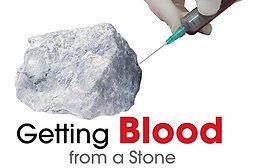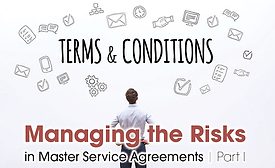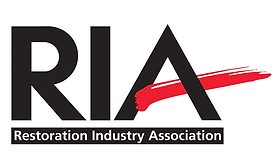Insurance/Legal Matters in Restoration
Corelogic Analysis: Hurricane Florence Damage Estimates
The Aftermath of Hurricane Florence is Estimated to Have Caused Between $20 Billion and $30 Billion in Flood and Wind Losses, CoreLogic Analysis Shows
October 8, 2018
Stay ahead of the curve with our eNewsletters.
Get the latest industry updates tailored your way.
JOIN TODAY!Copyright ©2025. All Rights Reserved BNP Media.
Design, CMS, Hosting & Web Development :: ePublishing












